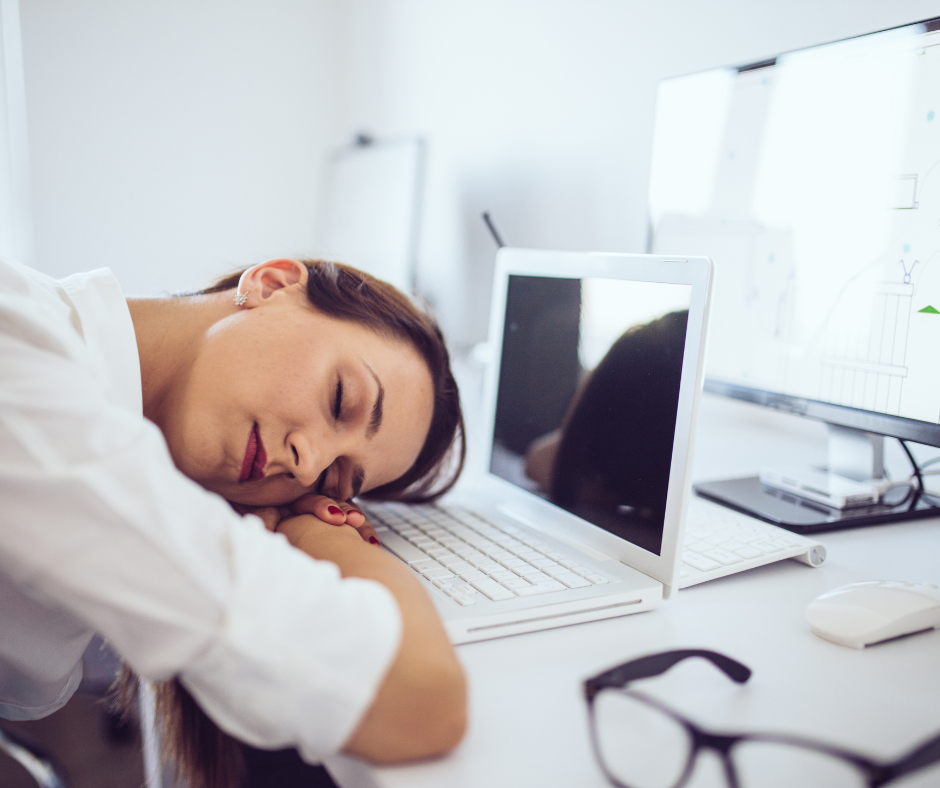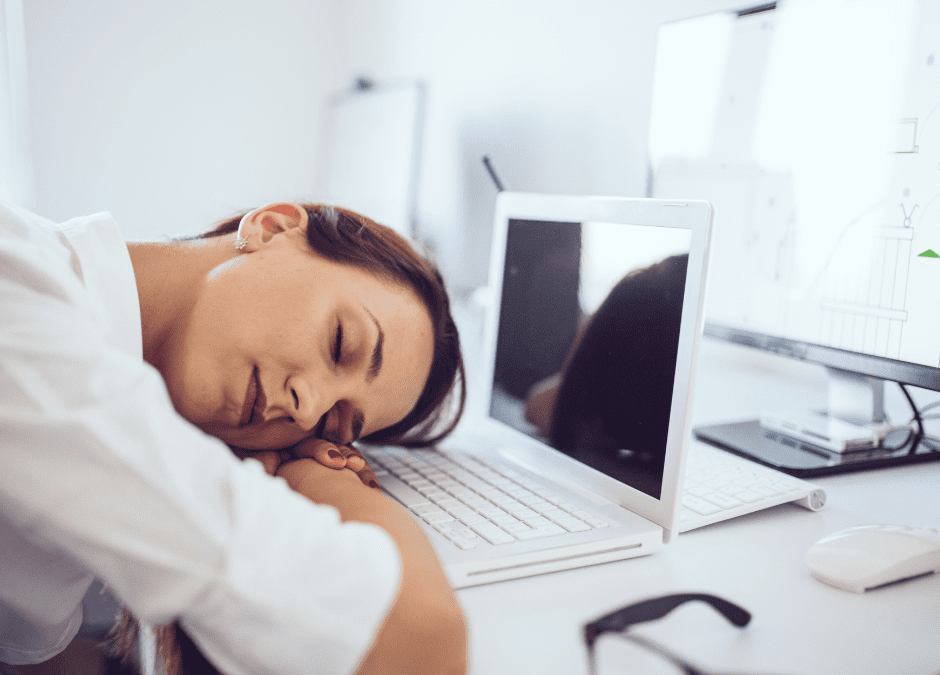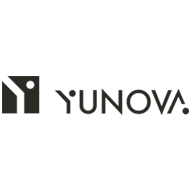In our modern society where performance is king, naps have long been seen as a sign of laziness or a luxury reserved for children and retirees. However, recent research in neuroscience and work psychology has revealed that this ancestral practice could well be the key to boosting our productivity and improved well-being. Far from being a waste of time, a nap turns out to be a powerful tool for recharging our mental batteries and stimulating our creativity. In this article, we'll explore the many benefits of napping, as well as tips for effectively integrating it into your daily routine.
The surprising benefits of naps
The benefits of napping go far beyond just an energy boost. Scientific studies have highlighted a multitude of benefits for our cognitive health and general well-being. First of all, napping plays a crucial role in preserving our brain health. By giving our brain a break, it allows us to consolidate the information acquired during the day, thus strengthening our long-term memory. Additionally, this daytime rest helps "cleanse" our brains of accumulated toxins, potentially reducing the risk of long-term neurodegenerative diseases. Creativity is another area where napping excels. By allowing our minds to wander and make unexpected connections, it stimulates our divergent thinking, essential to innovation and solving complex problems. Many famous artists and inventors, such as Salvador Dalí or Thomas Edison, were fervent followers of the creative nap. Stress reduction is another major benefit of the nap. By lowering our level of cortisol (the stress hormone), it helps us approach the afternoon with more serenity and resilience in the face of professional challenges. Finally, a well-executed nap significantly increases our alertness and concentration to the hours that follow. Studies have shown that a short nap can improve our cognitive performance comparable to a full night's sleep, allowing us to remain productive even during long work days.
The perfect timing for an effective nap
To get the most out of your nap, timing is crucial. The ideal window is generally between 1 p.m. and 4 p.m., coinciding with the natural drop in our alertness, known as the "circadian dip". This period corresponds to a slowing down of our circadian rhythm, our internal biological clock which regulates our cycles of sleep and wakefulness. By timing your nap with this natural gap, you maximize its benefits while minimizing the risk of disrupting your nighttime sleep. If your schedule doesn't allow you to nap within this ideal window, don't be discouraged. The key is to find a time when you naturally feel a drop in energy. Some people may benefit from a nap earlier in the day, while others may prefer a later time. The important thing is to listen to your body and adjust according to your needs and your personal rhythm.
The optimal duration: finding the “magic window”
When it comes to naps, longer isn't necessarily better. The ideal duration is between 20 and 40 minutes, which is often called the “magic window”. This duration allows you to enjoy the benefits of light sleep without falling into deep sleep, which could leave you groggy when you wake up. To understand why this duration is optimal, you need to look at the different phases of sleep. A complete sleep cycle lasts approximately 90 minutes and consists of several stages: light sleep, deep sleep and rapid eye movement (REM) sleep. By limiting your nap to 20-40 minutes, you stay in the light sleep stages, which are most beneficial for rapid recovery and improved cognitive performance. Longer naps, exceeding 60 minutes, can put you into a deep sleep, making it difficult to wake up and possibly leading to a feeling of disorientation called “sleep inertia.” Additionally, naps that are too long or too late in the day can disrupt your nighttime sleep. For those with very little time, micro-naps of 5 to 10 minutes can also be beneficial. Although less effective than 20-40 minute naps, they can still provide a quick energy boost without the risk of falling into deep sleep.
Create the ideal environment for a restful nap
The environment in which you take your nap can greatly influence its quality and effectiveness. Here are some key things to consider:
- A quiet, comfortable space: Choose a place where you feel safe and free from disturbances. If possible, opt for a sofa or recliner rather than a bed, to avoid falling into too deep sleep.
- Light management: Soft lighting promotes relaxation. Use blackout curtains or a sleep mask to create darkness.
- Temperature: A slightly cool temperature (around 18°C) is ideal for sleeping. Use a light blanket if necessary.
- Soothing sounds: Total silence is not always the most conducive to sleep. White noise or nature sounds can mask disruptive noises and promote relaxation.
- Accessories: A sleep mask, earplugs, or weighted blanket can improve the quality of your nap.


Advanced techniques to optimize your naps
For seasoned nap enthusiasts, here are some advanced techniques to maximize the benefits:
The “coffee nap”: This technique consists of drinking coffee just before taking a 20-minute nap. The idea is that the caffeine takes about 20 minutes to take effect, coinciding with your waking up for a maximum energy boost.
Nap and meditation: Combine the benefits of napping and meditation by practicing a short guided meditation before your nap. This can help you fall asleep faster and wake up easier.
Guided nap apps: Many apps offer optimized nap schedules, with relaxing sounds and gentle alarms to wake you up at just the right time.
Naps and creativity: a winning duo
The link between naps and creativity is fascinating. Studies have shown that the brain continues to work on complex problems during light sleep, often fostering creative insights upon waking. Salvador Dalí used a particular technique: he fell asleep holding a key over a metal plate . When he fell into a deeper sleep, the key would fall, waking him up and allowing him to capture the surreal images of his semi-conscious mind. To boost your creativity, try focusing on a problem or project right before your nap . You may be surprised at the ideas that emerge when you wake up.
Integrate naps into your work routine
Despite its many benefits, napping is sometimes frowned upon in certain professional environments. Here are some tips for integrating it into your work routine:
- Talk to your employer: Present the benefits of napping in terms of productivity and employee well-being.
- Suggest a dedicated space: Suggest setting up a “nap corner” in the office, with comfortable armchairs and a calm atmosphere.
- Lead by example: By adopting napping and demonstrating its positive effects on your productivity, you could inspire your colleagues and change company culture.
A nap, far from being a superfluous luxury, turns out to be a powerful tool for boosting our productivity, our creativity and our general well-being. By understanding its benefits and applying techniques to optimize it, you can turn those few minutes of rest into a real professional superpower. So why not give naps a chance and discover how they can revolutionize the way you work and live? Your brain will thank you, and your performance will be even better.
https://www.mcommemutuelle.com/magazine/boostez-votre-efficacite-au-travail-grace-aux-bienfaits-de-la-sieste-flash/
This site explains how flash napping can improve work efficiency.
https://www.helloworkplace.fr/performance-travail-sieste-entreprise/
This article discusses the growing interest of companies in napping at work as a productivity lever.
https://www.cse-guide.fr/sieste-travail/
This guide addresses the benefits and regulations of napping at work.








